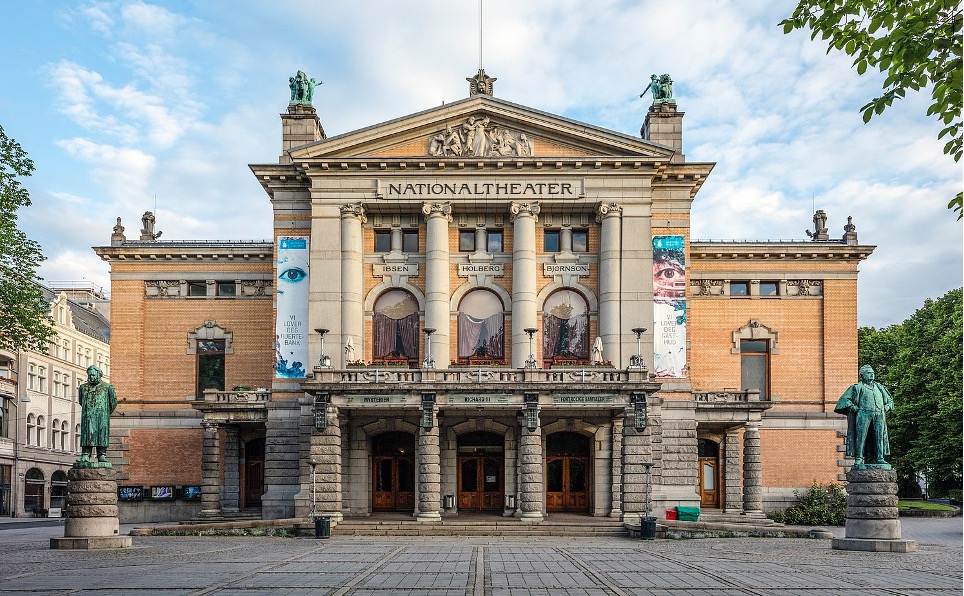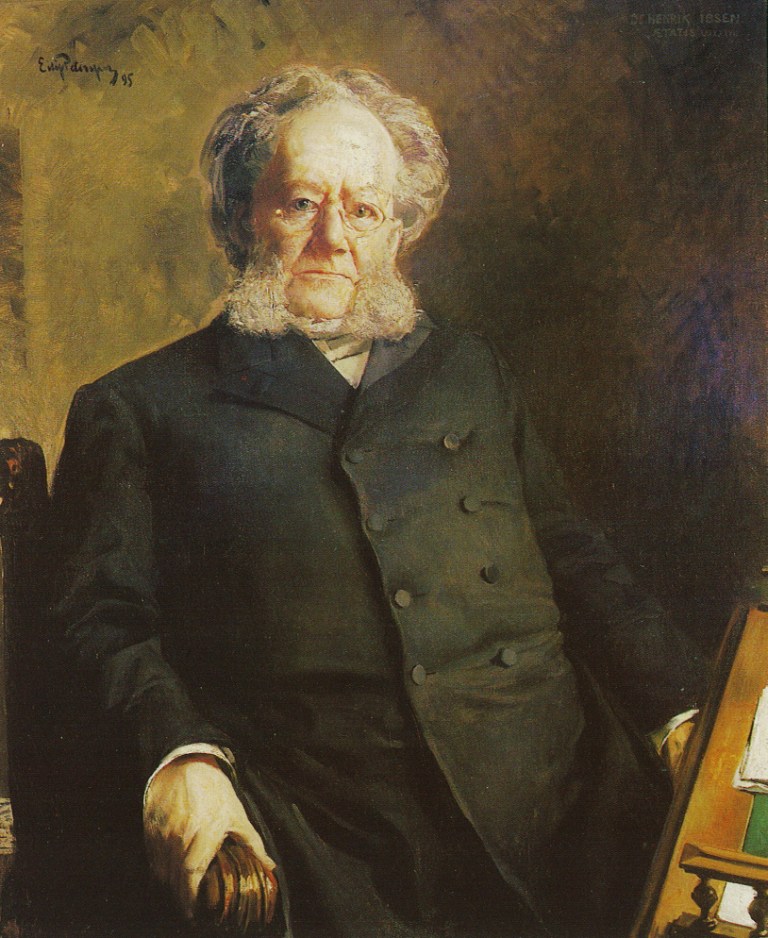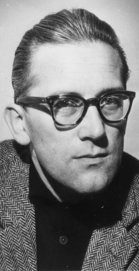Drama in Norway
While Ibsen cannot go unmentioned in a discussion on Norwegian theatre, developments in other areas have also been varied and interesting. Regional theatres were established throughout Norway in the 1970s and these as well as others, such as independent theatres, have been used as fora for airing important issues as well as for entertaining since then.

The Norwegian Theatre (Det norske Teatret) was established in Bergen in 1850, with the Christiania Norwegian Theatre (Kristiania norske Theater) following in 1852. The naturalist style of Henrik Ibsen, who worked at both theatres, continued to influence Norwegian drama long after it ceased to be innovative, and as a result there was little experimental theatre on Norwegian stages. Also, in the early part of the twentieth century, Norway was badly equipped for experiments in the theatre and it did not help that professional theatre was mainly restricted to Oslo and Bergen.

PICTURE: Henrik Johan Ibsen was a Norwegian playwright and theatre director. He was often referred to as ‘the father of realism’ with one of his major works being the three-act play Et Dukkehjem (1879) (A Doll’s House). Photo: Public Domain, Wikimedia Commons.
1960s saw a rejuvenation of writing for the theatre
Following the Second World War, Norwegian writers only began to return to the theatre in the mid-1960s. Prominent among them was Jens Bjørneboe, author of Tillykke med dagen (1965) (Congratulations) and Fugleelskerne (1966) (The Bird Lovers), and Finn Carling. Inspired by Brecht, the plays by Bjørneboe combined song and cabaret in their hard-hitting criticism of the Norwegian establishment; while plays by Carling such as Gitrene (1966) (The Bars), Slangen (1969) (The Snake), and Skudd (1971) (Shot) broke with naturalism, drawing instead on myth and allegory. With the appointment in 1967 of Arild Brinchmann to head the National Theatre (Nationaltheatret) in Oslo (founded in 1899), Norwegian theatre began to develop along lines more similar to those of international theatre.
Regional theatres were established throughout Norway in the 1970s. Independent theatre groups also began to emerge, and by the turn of the twenty-first century these were playing a significant role in the theatre life of Norway, accounting for about one third of the total number of national productions and less traditional theatrical offerings. For example, in the productions of the Bergen-based Transit Theatre (Transitteatret) the boundaries between theatre, dance, and music were often blurred. As well as experiments with performance style, there is also the added dimension of multiculturalism. The Total Theatre (Totalteatret, 1983-2001), was located in an area with Sámi, Finnish and Norwegian residents, a decisive factor in the company’s choice of repertoire.

PHOTO: Portrait of Arild Brinchmann, Norwegian stage producer, film producer and theatre director and head of the National Theatre in 1967. Photo: Oslo byhistorisk samling/City historic collection (CC BY-SA 3.0).
The stage as a forum for social and political issues
A number of Norwegian dramatists have continued to use the stage as a forum for airing social and political issues in the tradition of Ibsen. They include Stein Mehren, author of Narren og hans hertug (1968) (The Fool and his Duke), Edvard Hoem, whose Mikal Hetles siste ord (2007) (Mikal Hetle’s Last Word) draws on documentary material about a miscarriage of justice. Peder Cappelen (1931-1992) wrote historical dramas and allegorical-mythical plays. Bjørg Vik’s To akter for fem kvinner (1974) (Two Acts for Five Women) made a significant feminist statement and was a considerable success. The work of Cecilie Løveid mixes elements of prose fiction, drama, and poetry into texts consisting of extended images. Her Måkespisere (Seagull Eaters), first broadcast in 1982, was awarded the Prix Italia for best radio play in 1983.
Since Jon Fosse’s plays were first performed in the 1990s, e.g. Og aldri skal vi skiljast (1994) (And We’ll Never Be Parted, 2005), and Nokon kjem til å komme (1996) (Someone is Going to Come, 2002), he has established himself as a playwright attracting international attention. In summer 2006 his Dødsvariasjonar (2001) (Death Variations, 2004) was produced jointly with Ibsen’s Rosmersholm (1886) in New York; both plays explore the consequences of human actions for interpersonal relationships.
Other Norwegian playwrights active in the early 2000s were Jesper Halle (b. 1956), winner of the prestigious Wilhelm Hansen Prize in 2001 with Lilleskogen (The Forest); Marit Tusvik (b. 1951), whose successes include Etter William (1993) (After William), about three bridge players after the death of their fourth member; and Finn Iunker (b. 1969), who made his breakthrough with The Answering Machine (1994) and has had his plays performed throughout Europe.
Further reading:
- H.S. Næss, ed., A History of Norwegian Literature (Lincoln and London: University of Nebraska Press, 1993).